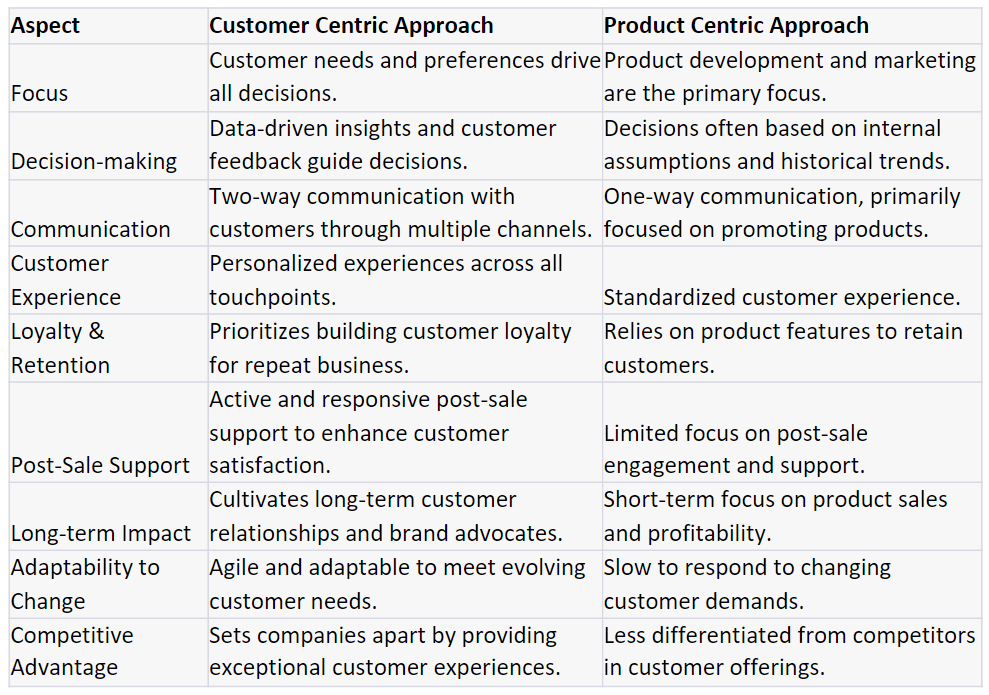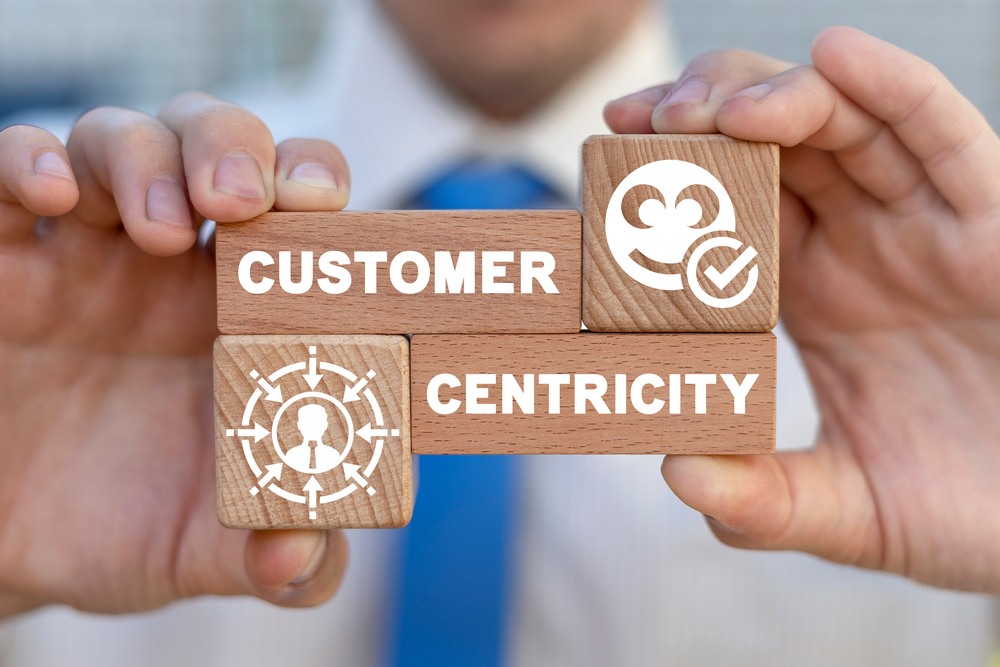In today’s fast-paced and competitive business world, the shift from product-centric to customer-centric approaches has become a defining factor for an organization’s success. Understanding what customer centricity means and embracing it as a strategic imperative can significantly impact an organization’s bottom line. In this blog, we will explore the concept of customer centricity, its significance in modern business, and how companies can transition from a product-centric mindset to a customer-centric icon.
What is Customer Centricity?
Customer centricity is a business philosophy that revolves around aligning an organization’s products and services with the ever-changing needs and preferences of its customers. Unlike the traditional product-centric approach, which prioritizes developing and marketing products without deep consideration of customer feedback, a customer-centric approach puts the customer at the core of every decision-making process. It involves understanding customer behaviors, gathering feedback, and utilizing data-driven insights to create a personalized and seamless customer experience.
The Customer Centric Approach:
A customer-centric approach is a strategic mindset that permeates every aspect of an organization. It encompasses how a company designs, markets, sells, and supports its products and services. By embracing this approach, companies demonstrate their commitment to meeting customer expectations and fostering loyalty. The customer-centric approach extends beyond merely addressing customer needs before the sale; it also includes providing exceptional post-sale support to enhance customer satisfaction and retention.
Transitioning from Product Centric to Customer Centric:
The shift from a product-centric to a customer-centric approach requires a fundamental change in organizational culture and processes. Companies need to become more customer-focused, seeking out customer feedback through various channels, including social media, surveys, and direct interactions. By actively listening to customers and analyzing their preferences, companies can make data-driven decisions that result in more relevant and personalized offerings.
The Role of Customer-Centric Icon Companies:
Customer-centric icon companies like McDonald’s Corporation and Amazon have become industry leaders by adopting customer-centric strategies. These companies excel in capturing customer feedback and actively responding to customer needs. McDonald’s, for instance, leveraged social media to interact with customers on an individual level, earning a reputation for exceptional customer centricity.
Customer Centric vs. Product Centric Approach
Here is a comparison between the two approaches. Check it out!

The Significance of Customer-Centricity in Today's World:
With the rise of multichannel markets and increased consumer empowerment through the internet, customer centricity has become even more crucial. Companies that fail to adopt a customer-centric approach risk losing relevance and market share to competitors who prioritize understanding and satisfying their customers’ evolving demands.
Conclusion:
In conclusion, customer centricity is more than just a buzzword; it is a strategic imperative for organizations aiming to succeed in today’s dynamic business environment. Shifting from a product-centric to a customer-centric approach requires a cultural transformation and a commitment to leveraging customer feedback and data-driven insights.
Companies that embrace customer centricity position themselves as customer-centric icons, fostering customer loyalty, repeat business, and sustained profitability. By understanding the essence of customer centricity and incorporating it into their DNA, organizations can navigate the ever-changing market trends and remain competitive in the long run. Check out Think360 and their visions towards building a customer centric business approach for all your business needs.



